Construction of the Cogswell District Project, an ambitious redevelopment venture in Halifax, N.S., that will create a new 6.5-hectare neighbourhood and connect the downtown with the city’s north end and waterfront, has faced many unexpected costs but is under budget.
Regional council recently approved a request for $15 million to complete the project. The price tag went up due to unanticipated outlays for disposing of contaminated soils and hauling away trench rock, unforeseen site conditions that resulted in additional fees for design work, and professional services and other items such as increased insurance costs caused by COVID-19.
However, the city recouped about $25 million in offsets for work done for third parties such as the Department of National Defence and Bell Aliant and will receive funds from utilities like Halifax Water as part of cost-sharing agreements which will end up actually lowering the budget.
The project — which will house parks, plazas, streetscapes, greenways and public art — was originally pegged at $122.6 million but is expected to now come in around $113 million — nearly $10 million less.
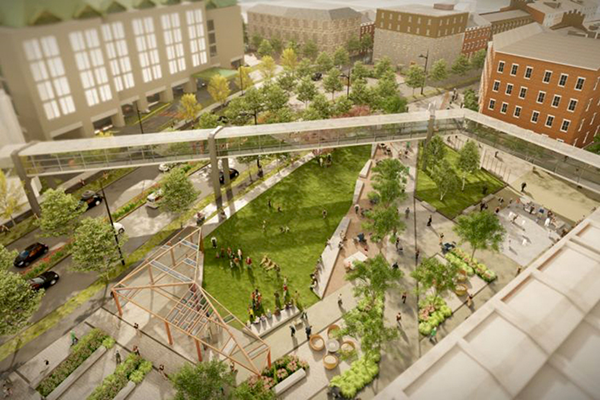
Project manager Donna Davis told Halifax council recently the additional costs added $15.5 million to the development but with the offsets the net impact is a $9.7 million decrease.
“The good news is that there are offsets, so I’m coming with the left hand saying, ‘There are more costs,’ and coming with the right hand saying, ‘We’ve got some money to offset that and a pretty substantial amount.’”
The redevelopment began in late 2021 at the site where the Cogswell Interchange once stood. It is the biggest city-building project in the history of Halifax. Sixteen acres of road infrastructure will be turned into a mixed-use neighbourhood and extend the entrance of the downtown northwards.
Renderings of the completed project show a busy area of interconnected sidewalks and pathways with plenty of green space and views of the waterfront. High-quality dedicated cycling lanes, multi-use trails, new parks and open spaces, a reimagined transit hub and a significant central urban square will transform the traffic-centric area into a livable pedestrian-friendly location.
Specific design elements to enhance overall accessibility have been incorporated within the district and will permit the project to meet gold level certification under the Rick Hansen Certification program.
Dexter Construction Ltd. is overseeing the project.
A main feature will be a $2.1-million interactive fountain at Granville Park that will take the shape of three breaching whales spouting mists. The structure will have a fog-mist component that will act as a cooling station for visitors during periods of extreme summer temperatures.
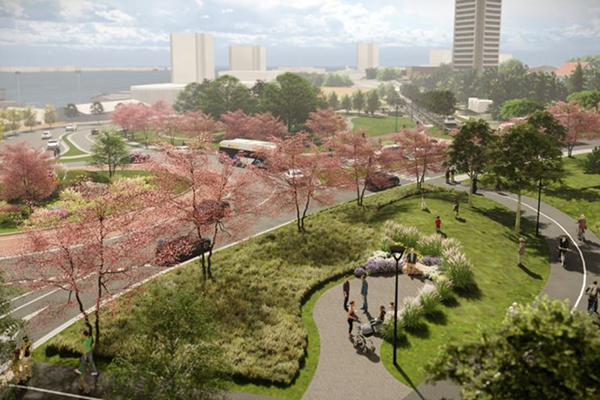
Underground services have been installed for the fountain and the structure is now under construction.
The construction plan aligns with many of Halifax council’s previously approved policy directives and many features of the new district dovetail with the region’s economic growth plan.
Davis said in spite of the hurdles, latest reports indicate the project will be completed under budget and on time by December 2025. Presently, the project is more than two-thirds complete.
The project team is making great progress and is pushing hard to finish the venture on schedule, she said, adding that some landscaping work might be carried into the spring of 2026.
Coun. Waye Mason said the project team has done a great job and he is pleased to see the project coming in under budget.
“It’s kind of icing on the cake to see all of this work done and see how close we are,” he noted. “That is a really good news story for the city. It’s being watched by a lot more than us and it’s going to be a really transformative piece.”
Coun. Patty Cuttell asked for more details on how the contaminated soils were disposed of and what steps were taken to ensure the materials did not leach into the nearby watershed at Ragged Lake.
The management of trench rock, pyritic slate and surplus contaminated soil were identified as significant risks and, together, have had the most significant impact on the project contingency.
Davis explained most of the material that was removed was industrial-grade soil that contained manganese, iron, arsenic and lead and the material was taken to a municipally owned parcel of land in Ragged Lake Business Park, while any heavily contaminated soil was taken to EnviroSoil to be treated.
Roughly 80,000 cubic metres of soil was removed and it could have been a $17-million problem, she noted, but by putting the soil at Ragged Lake, the figure was lowered to $8 million. At the time the contract was awarded, the status of the soil could not be determined.
Administrative and professional services for the cleanup work were higher than anticipated due to unknown site conditions. Additional funds were spent on soil testing to ensure the material meets environmental standards and three more staff members were added to the team.
To save on costs, temporary washroom facilities will be brought onto the Granville Square Park site, until permanent ones can be built. Several options for permanent washrooms are being explored.


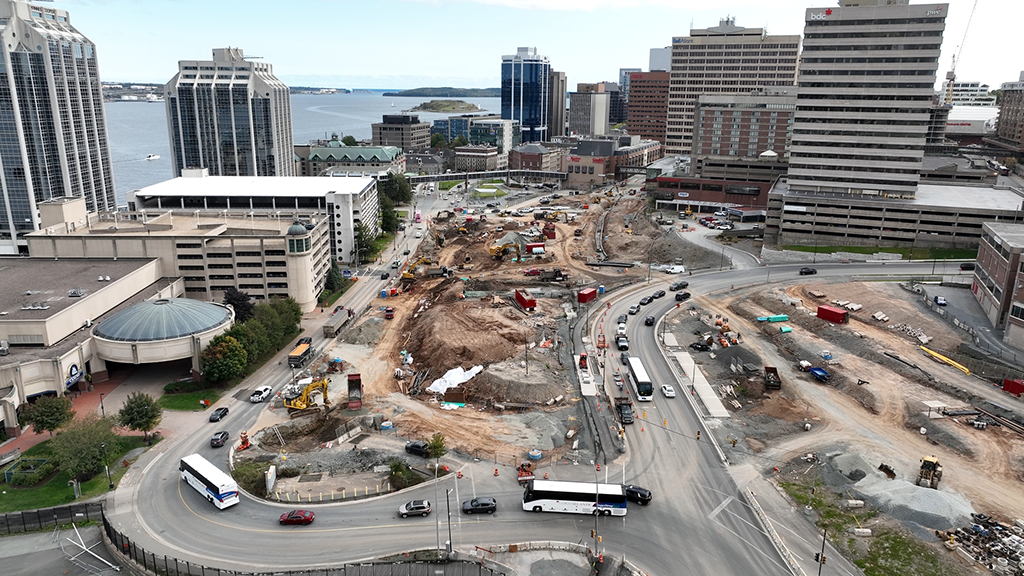



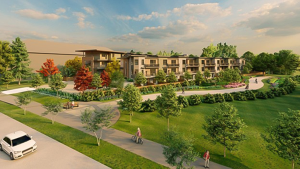
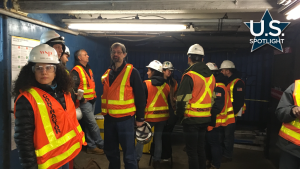



Recent Comments
comments for this post are closed